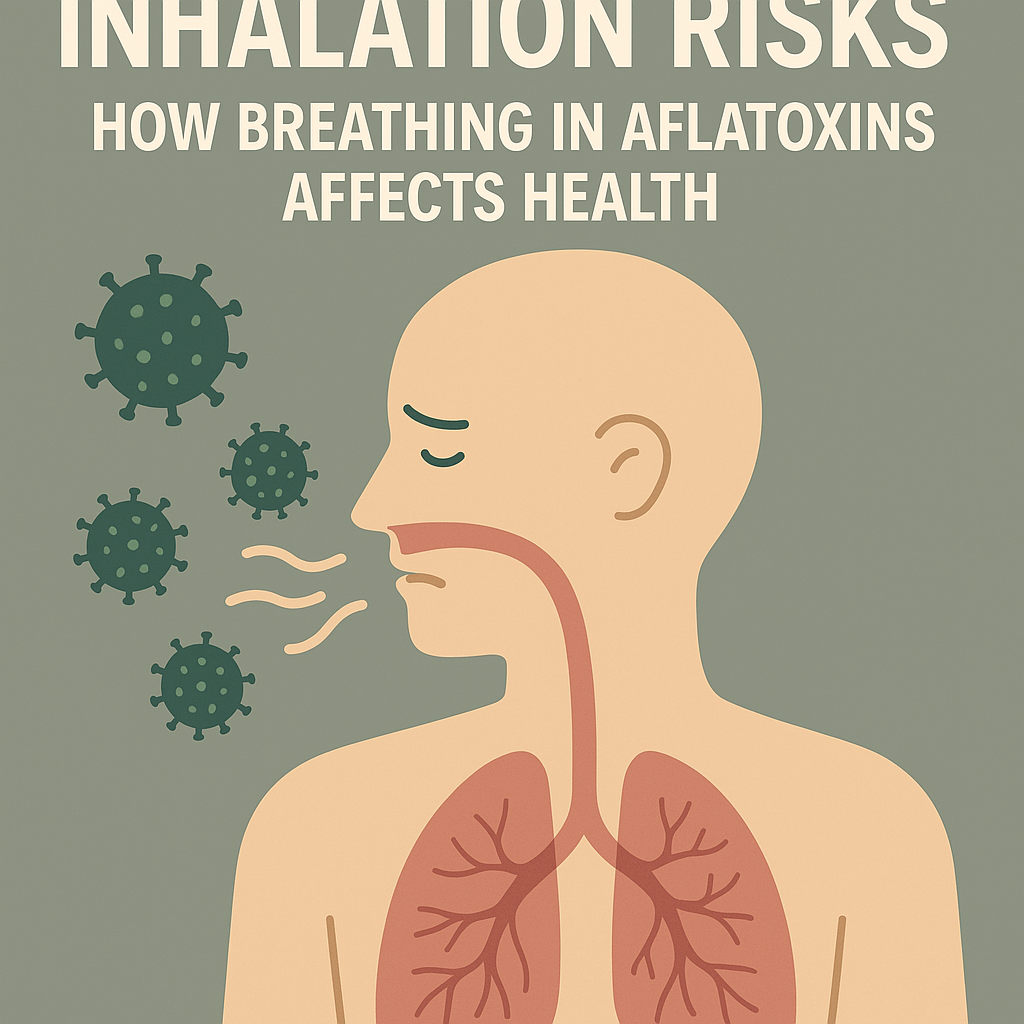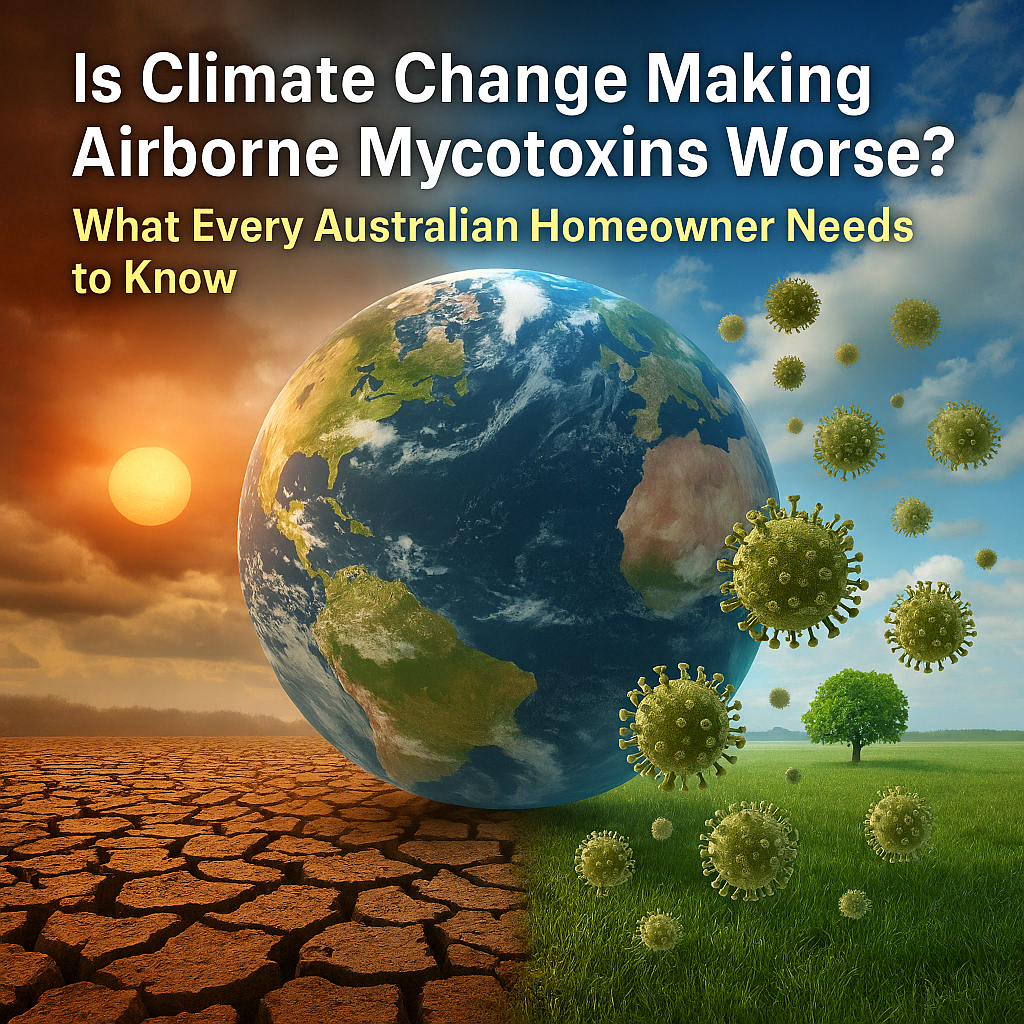
Are Airborne Aflatoxins Putting Your Health at Risk? Find Out Here
Mould is a type of fungi that thrives in damp, poorly ventilated environments. It not only damages property structures but also releases toxins that pose health risks to occupants. Disturbing mould—even unknowingly—can release dangerous spores into the air.
Exposure to mould can lead to respiratory issues, allergic reactions, and more serious long-term health complications. This is especially concerning when it comes to airborne aflatoxins—a particularly harmful type of mycotoxin. Identifying and removing mould is essential to prevent serious contamination and protect your health.
The Mould Group are Brisbane’s experts in detecting and resolving these hidden threats in homes and businesses.
What Are Airborne Aflatoxins and Why Are They a Concern?
Aflatoxins are toxic compounds produced by certain moulds, primarily Aspergillus flavus and Aspergillus parasiticus. While these toxins are commonly associated with contaminated food, they can also become airborne.
When mould spores containing aflatoxins are disturbed—such as during renovation, demolition, or even routine cleaning—they can be released into the air and inhaled. Inhalation of airborne aflatoxins can cause serious health risks, especially for sensitive individuals.
How Can Airborne Aflatoxins Affect Your Health?
Inhalation of airborne aflatoxins may lead to a range of health problems. Symptoms can include respiratory irritation, coughing, wheezing, sinus congestion, and eye irritation. In severe cases, they can trigger asthma attacks or allergic reactions.
Long-term exposure can potentially lead to more serious issues such as liver damage, compromised immune function, and even increased cancer risk, especially in people with underlying health conditions or compromised immune systems.
What Causes Mould to Release Aflatoxins into the Air?
Airborne aflatoxins are more likely to be released in humid, poorly ventilated environments where mould is already present. Properties affected by water damage, leaking roofs, or high humidity provide the perfect conditions for mould growth.
Disturbing the mould through cleaning, renovation, or poor ventilation systems can cause spores—potentially laden with aflatoxins—to become airborne. Without proper protective measures, this can put occupants at significant health risk.
How Can You Test for Airborne Aflatoxins in Your Home?
Testing for airborne aflatoxins involves collecting air samples from the suspected area. These samples are then analysed in a laboratory to detect the presence and concentration of toxins.
Professionals from The Mould Group use state-of-the-art equipment and scientifically validated testing protocols to accurately identify airborne aflatoxins. These results help determine the level of contamination and guide the appropriate remediation approach.
What Are the Best Ways to Remove Airborne Aflatoxins?
Removing mould is the first critical step in eliminating airborne aflatoxins. This involves identifying and addressing the source of moisture, repairing any leaks, and using professional-grade techniques to safely remove mould growth.
Specialised air filtration, containment procedures, and post-remediation verification are used to ensure that spores and aflatoxins are thoroughly eliminated from the indoor environment.
How Can You Prevent Aflatoxin Contamination?
Prevention starts with controlling moisture. Keep your home dry and well-ventilated. Regularly inspect areas prone to dampness—like basements, bathrooms, and behind walls.
Address any water leaks or structural issues immediately. Consider using dehumidifiers and ensure adequate airflow in enclosed spaces. A mould-free home is your best defence against airborne aflatoxin contamination.
Who Is Most at Risk from Airborne Aflatoxins?
Everyone can be affected by airborne aflatoxins, but certain groups are more vulnerable. These include:
Infants and young children
Elderly individuals
People with asthma or respiratory conditions
Individuals with weakened immune systems (e.g., those undergoing chemotherapy or living with chronic illnesses)
For these groups, even low levels of exposure can lead to significant health impacts, making regular inspection and prompt remediation essential.
If you suspect airborne aflatoxins in your home, don’t wait. Contact The Mould Group today for expert testing and remediation.
📝 Next blog in this series:
Workplace Exposure: Aflatoxins in Agriculture and Industry
📘 Follow us for updates and more expert mould advice on Facebook.
Recent Post
Emerging Research
Are Airborne Aflatoxins More Dangerous Than We Thought? Emerging Research Reveals the Unknowns Introduction Mould is not just a cosmetic nuisance. It’s a living organism that, when left unchecked, releases toxic by-products into your environment. One of the most concerning of these by-products is aflatoxin—a dangerous type of airborne mycotoxin. While we know that ingesting […]
Climate Change and Airborne Mycotoxins
Is Climate Change Making Airborne Mycotoxins Worse? What Every Australian Homeowner Needs to Know Introduction Mould is more than just an unsightly problem—it’s a biological hazard that can compromise your health and damage your property. As it grows, it can release dangerous toxins into the air called mycotoxins. When these mycotoxins become airborne, they can […]
Airborne Aflatoxins and Animals
Are Your Pets or Livestock at Risk? Understanding Airborne Aflatoxins and Animals Introduction Mould is not just a concern for homes and people—it also poses a serious threat to animals. When mould spreads in barns, sheds, feed storage areas, or even inside homes, it can release aflatoxins—a dangerous type of airborne mycotoxin. These toxins can […]




